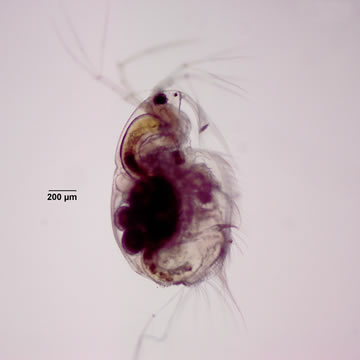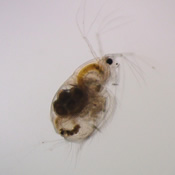| Ecology and Behavior | |||||
| Characteristics | |||||
|
|||||
| Reported Habitats | |||||
|
|||||
| Food and Feeding Behavior | |||||
|
|||||
| Swimming Behavior | |||||
|
|||||
| References | |||||
(1) FRYER, G. 1974. Evolution and adaptive radiation in the Macrothricidae (Crustacea: Cladocera): a study in comparative functional morphology and ecology. Philos. Trans. R. Soc. Lond., B, Biol. Sci. 269: 137-274. |
|||||
| Additional Pictures | |||||


